Basketball and volleyball are two of the most popular sports in the USA, each with a unique set of requirements, especially when it comes to footwear. Many athletes wonder: can you use basketball shoes for volleyball? This article dives deep into the similarities and differences between basketball and volleyball shoes, exploring their design, functionality, and suitability for volleyball play.
Understanding the Differences Between Basketball and Volleyball Shoes
Design and Construction
Basketball shoes are designed for support, cushioning, and traction on the court. They typically feature a high-top design to protect the ankles and provide stability during lateral movements. Volleyball shoes, on the other hand, are built to facilitate quick movements, jumps, and landings. They often have:
- Lightweight materials
- Responsive cushioning
- Non-marking rubber outsoles
Traction and Grip
Traction is crucial in both sports, but the type of grip differs. Basketball shoes often have a herringbone pattern for multidirectional movement, while volleyball shoes feature a flat outsole designed to maximize grip on indoor courts. This can lead to different performance levels when playing volleyball in basketball shoes.
Cushioning and Support
Cushioning in basketball shoes is often more substantial, catering to the heavier impacts encountered during jumps. Volleyball shoes, however, prioritize a balance between shock absorption and responsiveness, essential for quick directional changes. This difference may impact athletic performance.
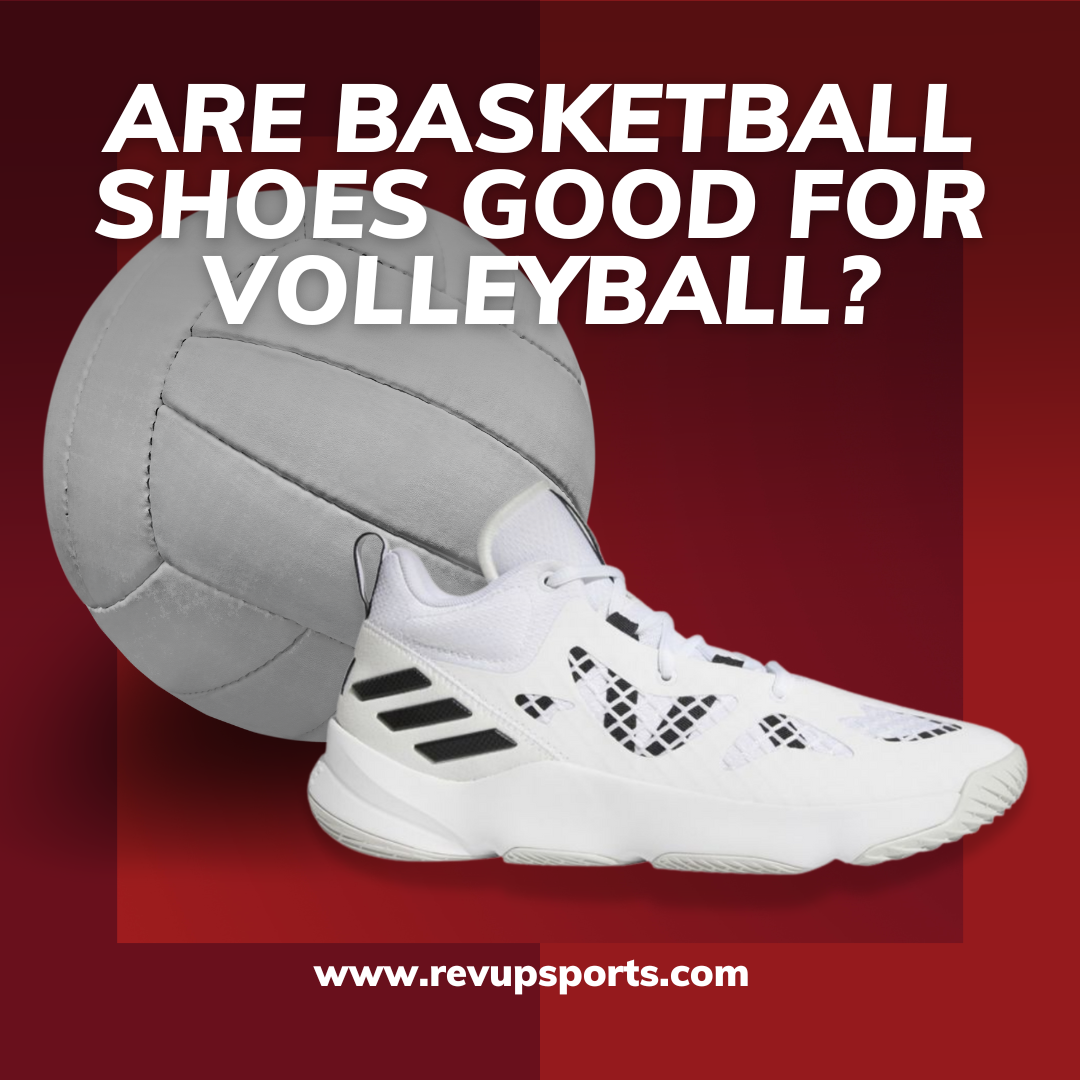
Can You Use Basketball Shoes for Volleyball? An In-Depth Analysis
Though you technically can use basketball shoes for volleyball, several factors should be considered:
| Factor | Basketball Shoes | Volleyball Shoes |
|---|---|---|
| Weight | Heavier, more cushioning | Lighter, responsive |
| Ankle Support | High-top for support | Low-top but flexible |
| Traction | Multi-directional grip | Flat for quick stops |
| Cushioning | Deep cushioning | Balance of cushion and court feel |
Pros and Cons of Using Basketball Shoes for Volleyball
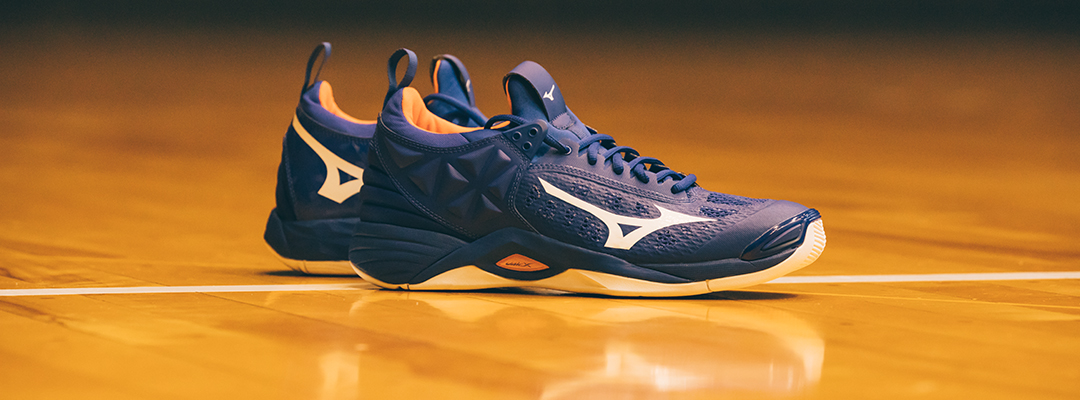
Pros
- Typically more affordable compared to specialized volleyball shoes.
- Higher ankle support can prevent injuries in some cases.
- Good for beginners who may not want to invest in multiple pairs of shoes.
Cons
- Heavier weight may hinder agility.
- Lack of specialized cushioning may lead to discomfort during extended play.
- Worn out soles may not provide adequate traction on volleyball courts.
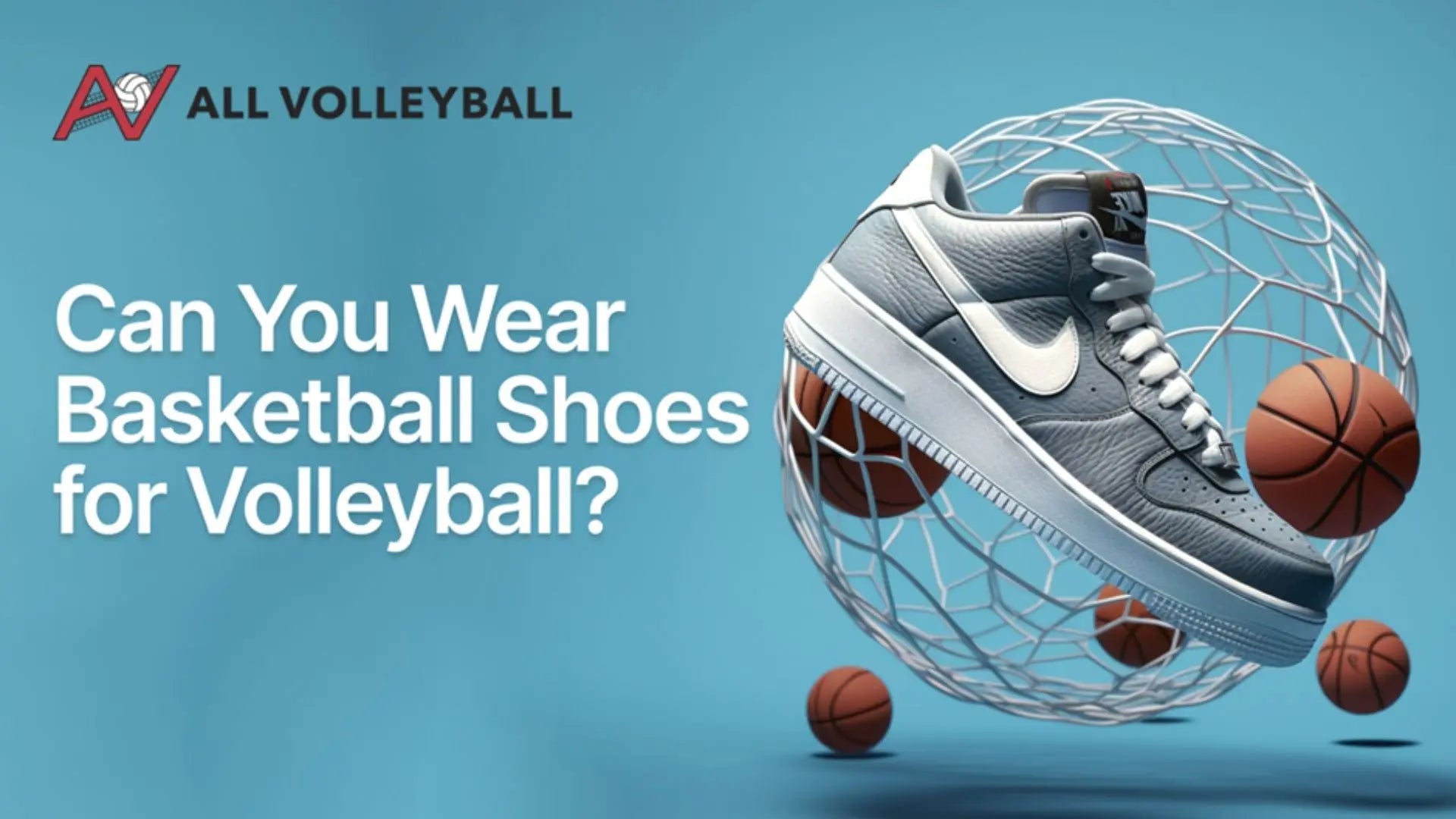
What to Consider When Choosing Shoes for Volleyball
Player Position and Style of Play
Your position in volleyball can significantly impact your shoe choice. For example:
- Setter: Need lightweight shoes for agility.
- Outside Hitter: Require good cushioning for jumps.

Surface Type
The type of court surface matters. Indoor courts necessitate shoes with specific grip features that are typically found in volleyball shoes. Outdoor play might require a different type of traction altogether.
Foot Type and Comfort
Consider your foot type and personal comfort. Be sure to try on various styles to find the best fit.
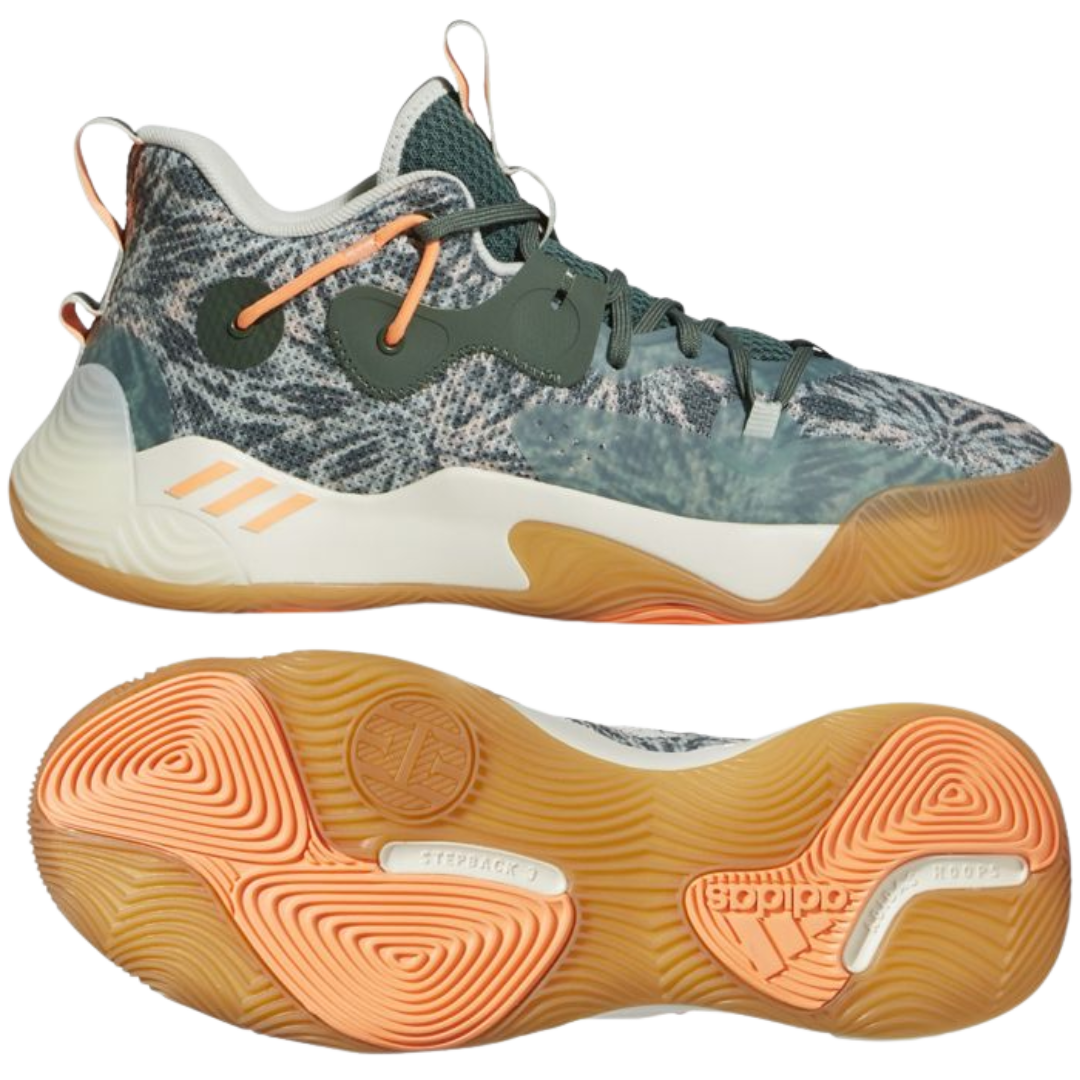
Expert Recommendations
Experts suggest investing in volleyball shoes if you play regularly. However, for casual players or those exploring both sports, basketball shoes can be a practical option.
Local Experiences and Cultural Insights
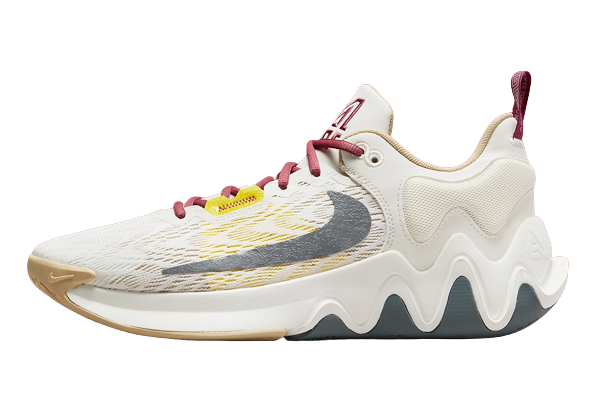
In various areas of the USA, especially those known for strong basketball or volleyball communities, the debate about footwear can often turn into a friendly rivalry. In schools across California, basketball seasons often overlap with volleyball, leading students to swap shoes based on their latest game. Moreover, local sports stores often showcase basketball and volleyball shoes side by side, offering demos for athletes to test on the courts.
FAQs About Using Basketball Shoes for Volleyball
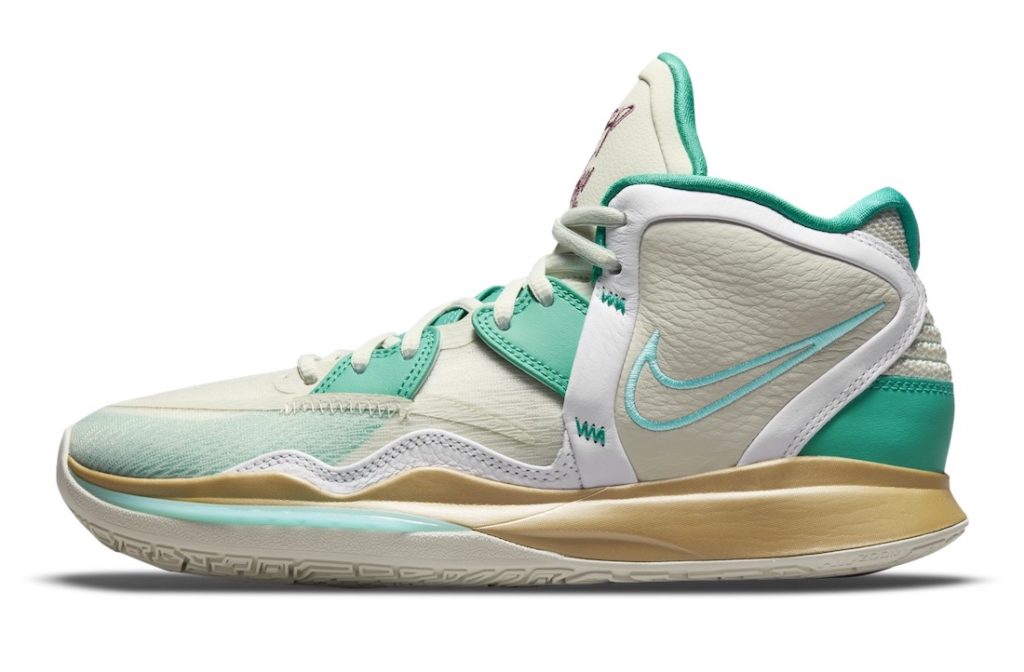
1. Can I wear basketball shoes for indoor volleyball?
Yes, you can wear basketball shoes for indoor volleyball, but they may not provide the best performance due to their weight and design.
2. Will wearing basketball shoes affect my performance in volleyball?
Wearing basketball shoes may hinder your performance, particularly in terms of agility and traction, compared to specialized volleyball shoes.

3. What should I look for in volleyball shoes?
Look for lightweight shoes with good grip, cushioning, and support tailored for quick movements.
4. Is it better to wear volleyball shoes even for basketball?
Volleyball shoes can work for basketball, but they may lack the ankle support and cushioning required for heavier jumps.

Conclusion
While basketball shoes can be used for volleyball, they may not offer the ideal performance benefits that specialized volleyball footwear provides. Ultimately, the choice comes down to personal preference, playing frequency, and the specific demands of your game. If you’re a dedicated volleyball player, investing in a quality pair of volleyball shoes is likely the best choice for optimal performance and comfort.
For further insights into the importance of proper footwear in sports, check out this study from the National Institutes of Health on athletic shoe design.
Explore more about athletic shoe technology through this research document discussing innovations in footwear.